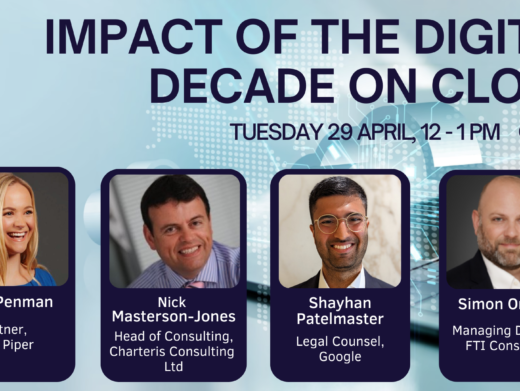In Cairns v Modi [2012] EWHC 756 (QB), Mr Justice Bean had to deal with what has been reported to be the first Twitter libel case heard in England and Wales. The original tweet from the defendant, a former official of the Indian Premier League and the Board of Cricket Control for India, alleged match-fixing: ‘Chris Cairns removed from the IPL auction list due to his past record in match fixing. This was done by the Governing Council today’. The Cricinfo web site published a story about the allegations in the tweet which was seen by the wider cricket community.
While the case is almost as depressing for cricket lovers as the news from Galle, the case offers little of interest to lawyers bar a stark warning of the potential cost of a condemnatory closing speech. The evidence produced by the defendant, mainly from Indian cricketers, fell far short of supporting his plea of justification and Chris Cairns received damages, aggravated in part by the way in which the case was run, of £90,000.
Two issues are worthy of note. In response to the suggestion by the defendant’s counsel that the claimant was a ‘libel tourist’, Mr Justice Bean dismissed the suggestion as follows:
Perhaps of more interest was the impact of the very limited number of persons who were thought to have read the tweet. The judge dealt with the issue of extent of publication (at [122]-[123]) in these words:
‘The original Tweet was received by only a limited number of followers within England and Wales. One expert calculated that they numbered 95, the other 35. The parties have sensibly agreed that I should take the figure of 65. The second publication, to Cricinfo was on their website only for period of hours. The expert’s figures for numbers of readers of this publication are respectively 450 and 1500. I shall proceed on the basis that about 1000 people read the second publication, which I have found carried the less grave but nonetheless serious meaning that there were strong grounds for suspecting that the claimant had been involved in match fixing. In respect of the second publication I also bear in mind that Cricinfo have settled with the Claimant, paying him £7,000 damages and a further sum for costs.
But although publication was limited, that does not mean that damages should be reduced to trivial amounts. In 1935, long before the internet was thought of, Lord Atkin said in Ley v Hamilton (153 L.T. 384, cited by Lord Reid in Broome v Cassell [1972] AC 1027 at 1092G):
“It is precisely because the ‘real’ damage cannot be ascertained and established that the damages are at large. It is impossible to track the scandal, to know what quarters the poison may reach…”
This remains true in the 21st century, except that nowadays the poison tends to spread far more rapidly.’
Mr Justice Bean gives no clue as to whether he felt that the impact of the tweet alone would have been insufficient. It must also be remembered that Cairns was an important international figure with a high public profile, in cricket and in New Zealand especially. Whether the little law that can be gleaned from the judgment is of application to common or garden tweets of a defamatory nature is doubtful.




